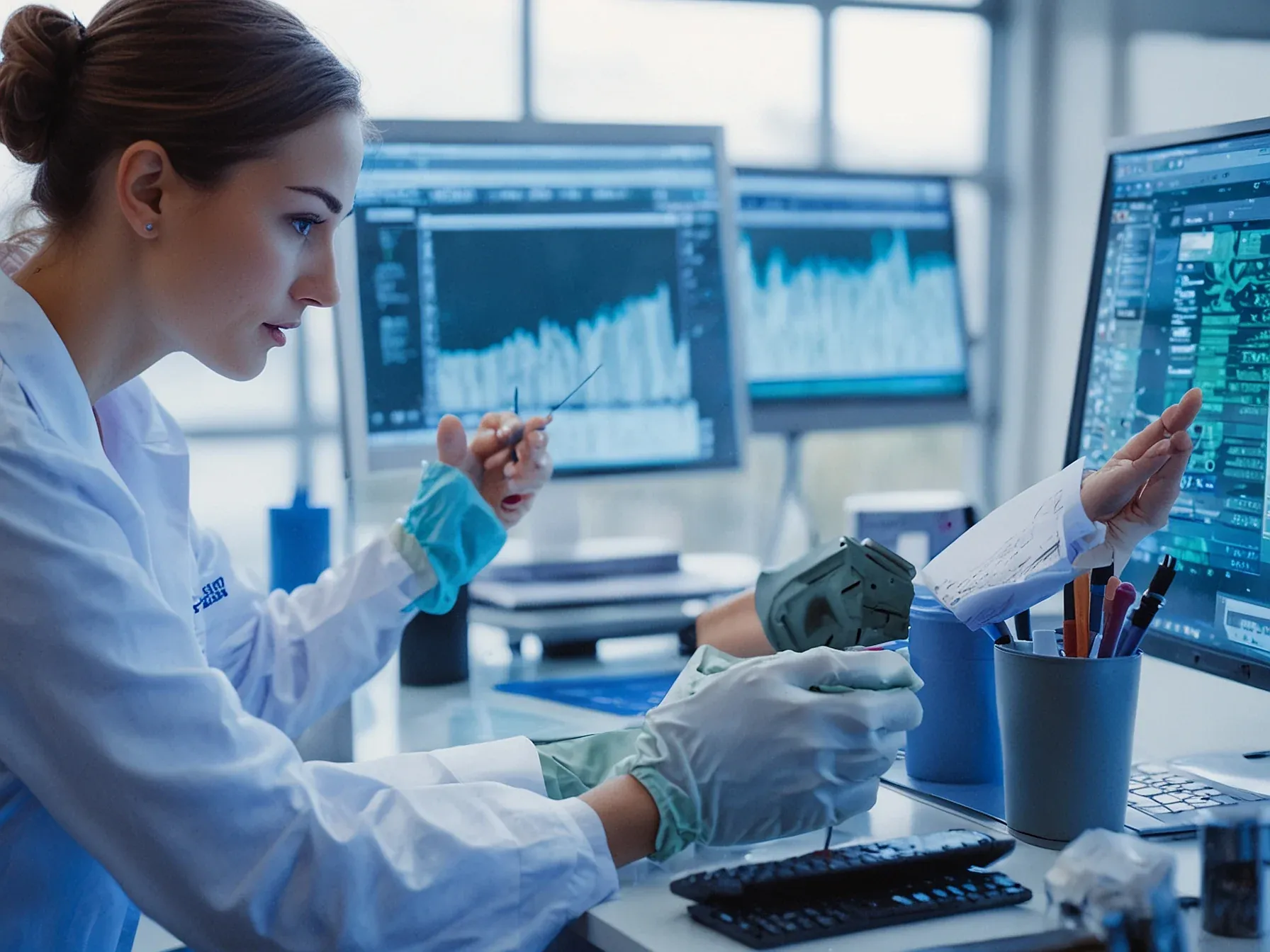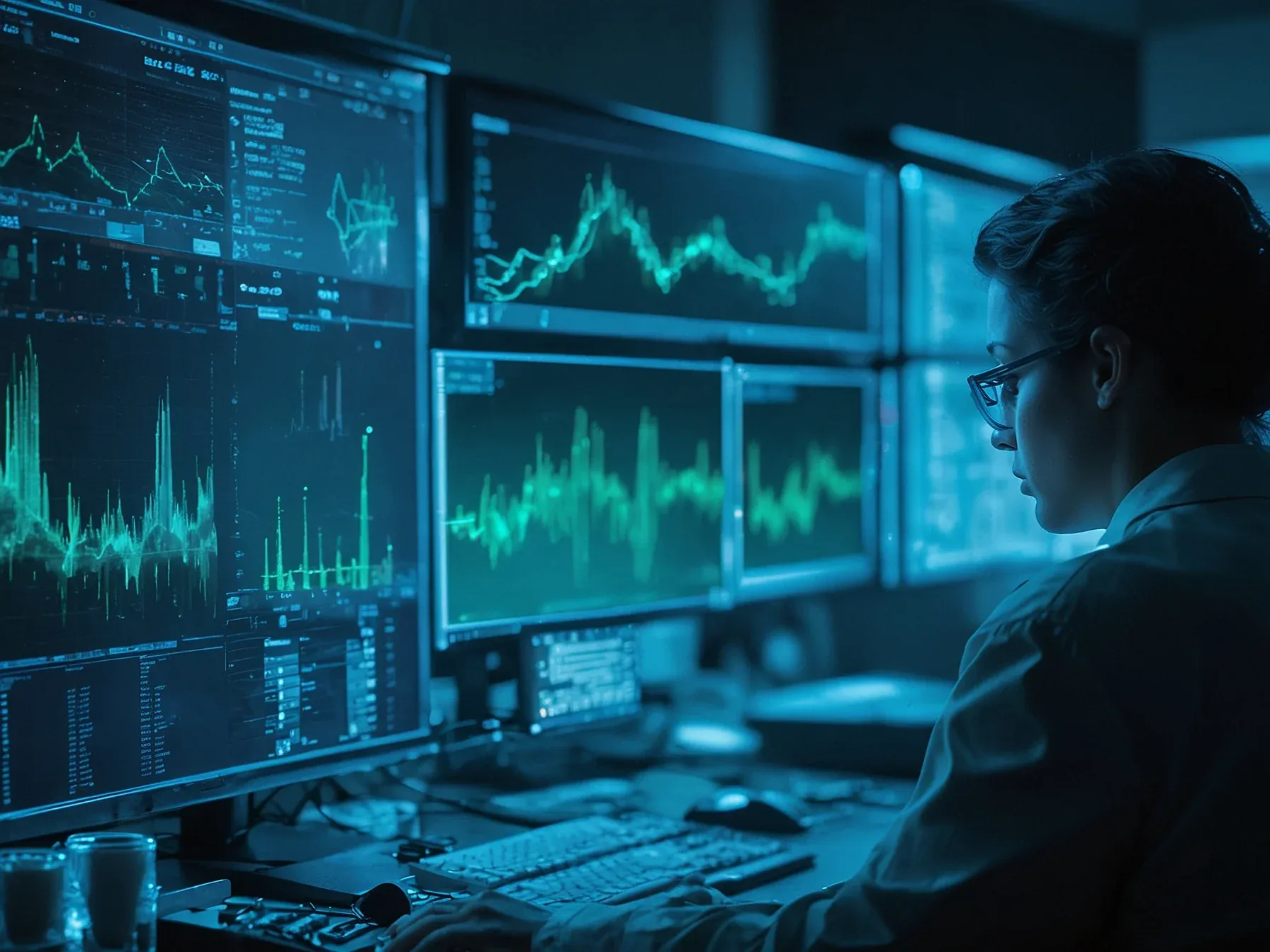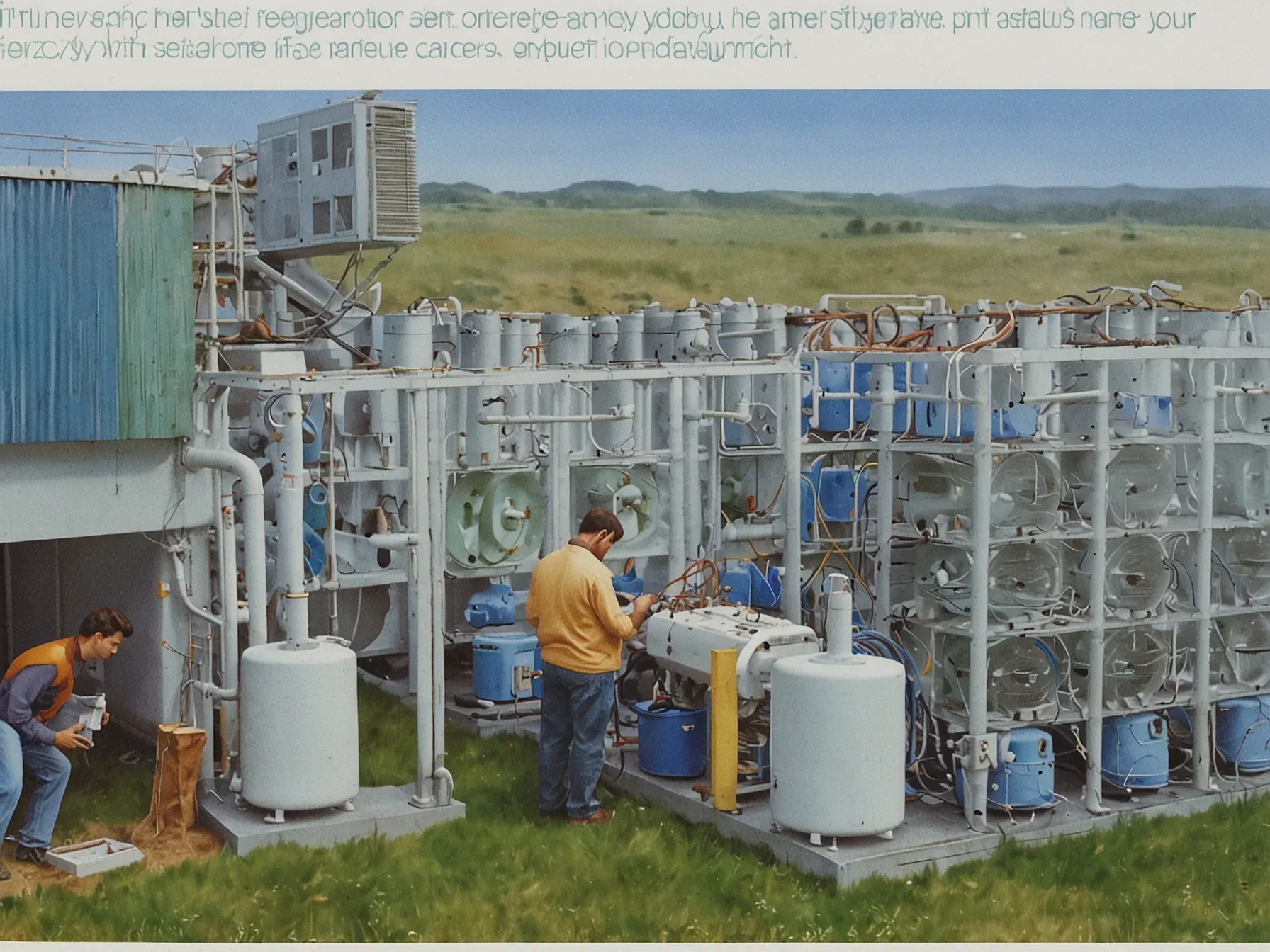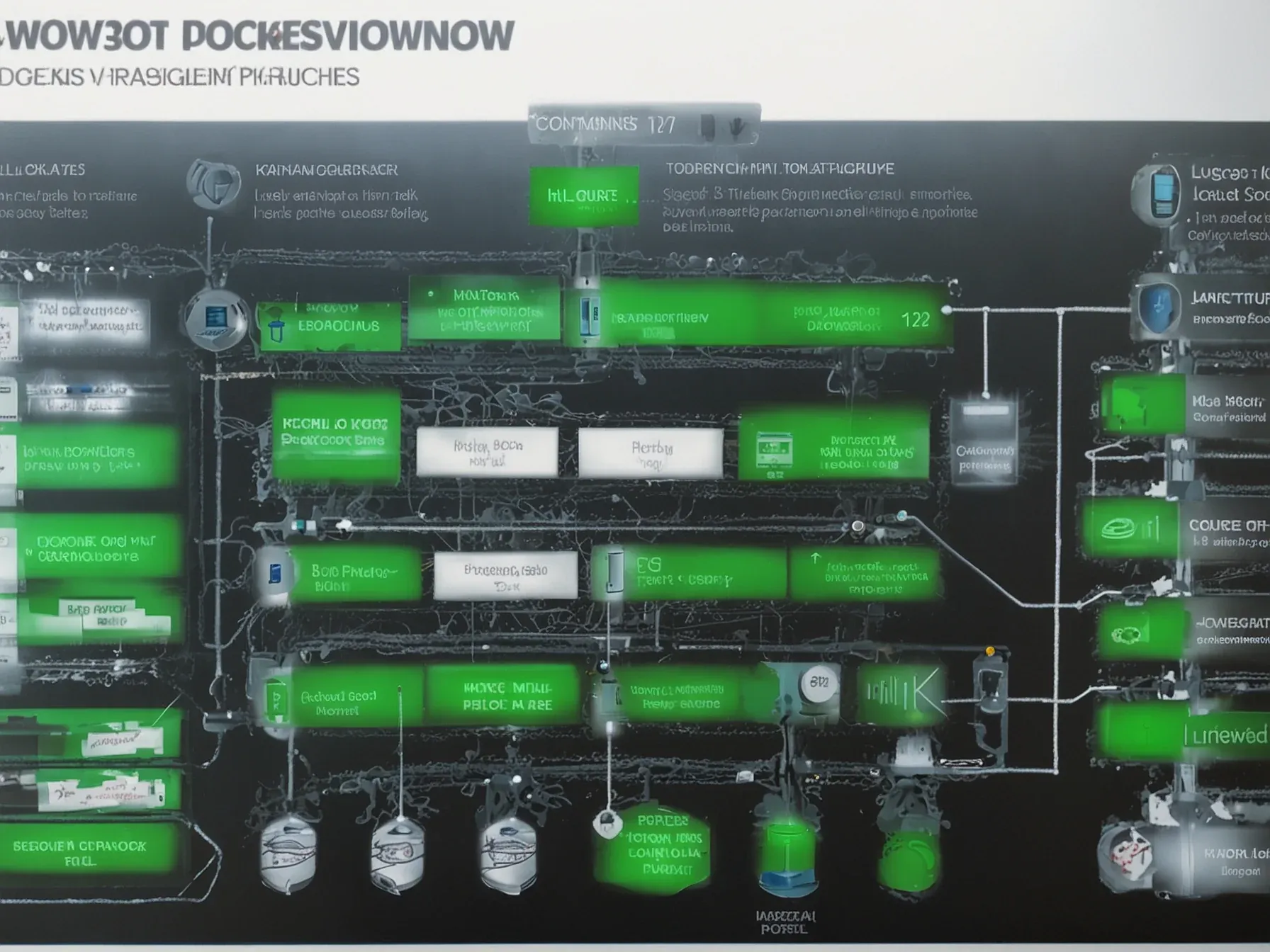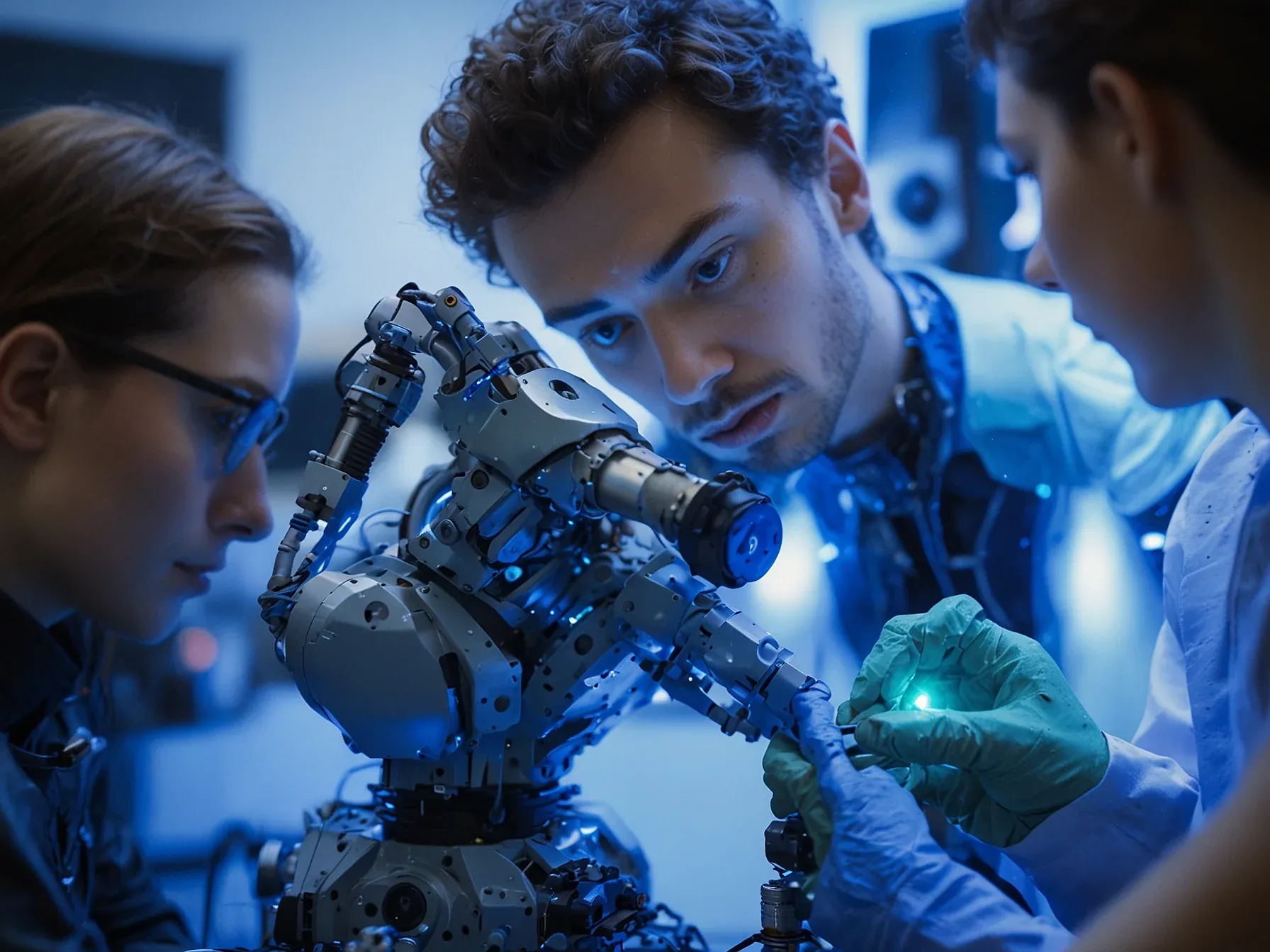
Google DeepMind hires ex‑Boston Dynamics CTO to create Gemini AI for any robot
Google DeepMind just announced a high‑profile hire: the former chief technology officer of Boston Dynamics will now lead a new effort to turn Gemini into a robot‑ready AI. The move signals a shift from pure research toward hardware‑agnostic intelligence. While Gemini already boasts a multimodal core—processing text, images, audio and video—it has largely lived behind screens and cloud services.
DeepMind’s latest push aims to bridge that gap, giving the model the ability to understand and act through a physical embodiment without extensive re‑training. The ex‑Boston Dynamics executive brings decades of experience in locomotion, balance and real‑world perception, a background that could help translate Gemini’s sensory fluency into on‑the‑ground decision‑making. If the team succeeds, developers might plug the same AI into a humanoid assistant one day and a warehouse arm the next, cutting the engineering overhead that typically separates software from robot hardware.
That ambition frames the following statement from DeepMind’s leadership.
"We want to build an AI system, a Gemini base, that can work almost out-of-the-box across any body configuration. Obviously humanoids, but non-humanoids too." Gemini's multimodal architecture allows it to process text, images, audio, and video, which could make it especially suited to guiding robots through complex environments. Deepmind's growing robotics portfolio Deepmind's robotics research stretches back years and includes foundational projects like RT-1 and RT-2--AI models designed to help robots learn from human demonstrations and generalize across tasks.
In September, the company introduced Gemini Robotics 1.5 and Gemini Robotics-ER 1.5, twin systems that pair AI control with real-world robotic hardware. As global interest in humanoid machines accelerates, Deepmind is ramping up efforts to connect its models more directly with robotic platforms. Hassabis predicts a major breakthrough in AI-driven robotics "in the next couple of years." The humanoid race heats up Deepmind isn't the only player chasing this goal.
DeepMind’s latest hire signals intent. Aaron Saunders, former Boston Dynamics CTO, now serves as Vice President of Hardware Engineering. His résumé includes Atlas’s backflips and Spot’s agility, credentials that bolster Google’s robotics ambitions.
The company says Gemini will become a “brain” that plugs into any robot, from humanoid to quadruped. Its multimodal core already handles text, images, audio and video, a feature that could simplify sensor integration. Yet translating a large‑scale model into reliable low‑latency control loops is a non‑trivial engineering challenge.
Whether a single AI stack can accommodate the diverse mechanics of existing platforms remains unclear. DeepMind’s approach hinges on “almost out‑of‑the‑box” adaptability, a claim that will need validation across real‑world hardware. The move adds hardware depth to a team previously dominated by software research.
As the project progresses, the industry will watch for concrete demonstrations that move beyond laboratory prototypes toward broader applicability. Stakeholders will likely assess performance metrics such as latency, safety and energy consumption before broader deployment.
Further Reading
Common Questions Answered
Who did Google DeepMind hire to lead the development of a robot‑ready Gemini AI?
Google DeepMind hired Aaron Saunders, the former chief technology officer of Boston Dynamics, as Vice President of Hardware Engineering. His experience with robots like Atlas and Spot is intended to accelerate Gemini's integration with diverse robotic platforms.
What capabilities does Gemini's multimodal architecture provide for robotics applications?
Gemini's multimodal core can process text, images, audio, and video, enabling it to interpret a wide range of sensor inputs. This versatility is expected to simplify sensor integration and help robots navigate complex environments more effectively.
How does DeepMind describe the intended hardware compatibility of the new Gemini base?
DeepMind aims to create a Gemini base that works "almost out-of-the-box" across any body configuration, including both humanoid and non‑humanoid robots. The goal is a hardware‑agnostic AI that can serve as the brain for robots ranging from quadrupeds to custom platforms.
Which prior DeepMind robotics projects are referenced as foundations for the new Gemini effort?
The article cites DeepMind's earlier robotics models RT‑1 and RT‑2 as foundational projects. These models demonstrated the feasibility of AI‑driven robot control, paving the way for Gemini to become a universal robotic brain.
